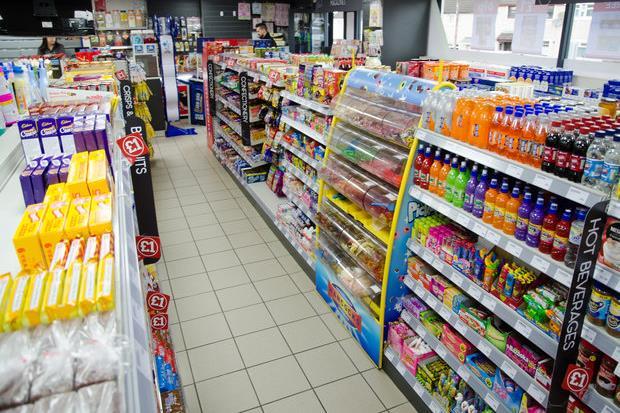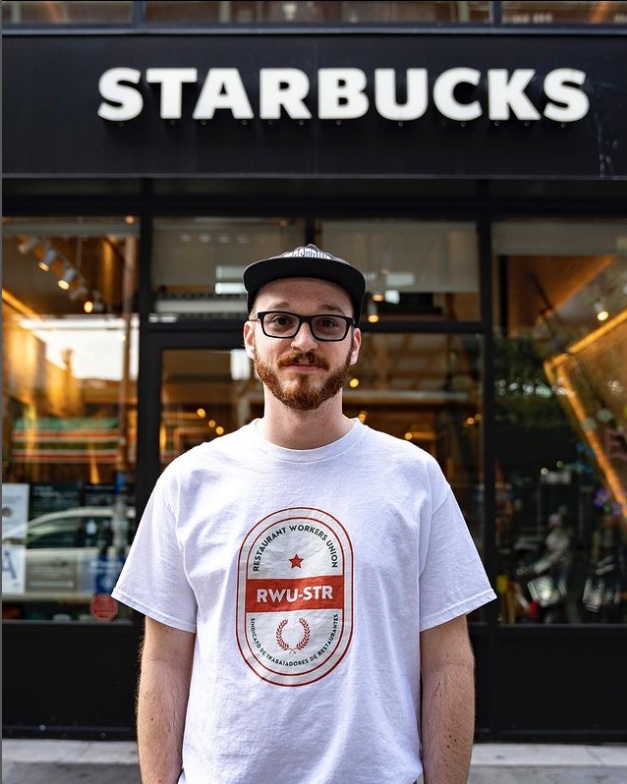HUNTSVILLE, Ala. (WAFF) – If you’ve been to the grocery store lately, you’ve probably seen bare shelves and dwindling supplies.
Is it inflation, supply chain issues, a lagging workforce, or an increase in covid cases, or all of that?
“The problems we’ve been having recently are different from the problems we had this time last year,” said Star Super Market employee Steve Hammer.
Gone are the days of panic buying to buy only items. Impact on produce, meat and packaged goods like cereals.
Hammer says from what they’ve observed, it appears that it’s not the products themselves that are causing the lack of inventory, but a lack of packaging.
“Like the little CapriSuns… All that stuff is individually wrapped inside the boxes. We believe there is a problem with the packaging itself to put the liquid inside of…” Hammer said.
Although items are harder to find, many also cost more with rising inflation.
“Empty shelves cause inflation. Things are running out because of the pandemic. Of course, if you’re a story and you have very little left of something, you’re going to raise the price because you have to slow down the people buying them,” said UAH economics professor Dr. Wafa Orman.
Inflation rose 7% in 2021, the biggest increase in 40 years.
Dr. Orman says several factors are to blame: supply chain issues, government relief funds flooding the market, and low interest rates.
“We are one of the few countries in the world to come out of this pandemic with a growing economy. The job market is booming. It’s a good time to be out there looking for a job. But the prices are rising. That’s the downside now that we have inflation,” Orman said.
Dr. Orman says she is optimistic about the future. She says federal authorities have an array of tools to start tackling inflation, such as slowly starting to raise interest rates. She says the Feds will have this under control next year.
Copyright 2022 WAFF. All rights reserved.

/cloudfront-us-east-1.images.arcpublishing.com/gray/3VXPMYYUGZB4TNBZDCKN33TQCI.jpg)


